How to Avoid Injury on a Construction Site
Construction is a physically demanding job that can be hard on the body, and without the proper safety precautions put in place, a construction site can be rife with accidents and injuries. To help you keep your workplace as safe as possible, here we’re looking at our top 8 tips to avoid injury on a construction site.
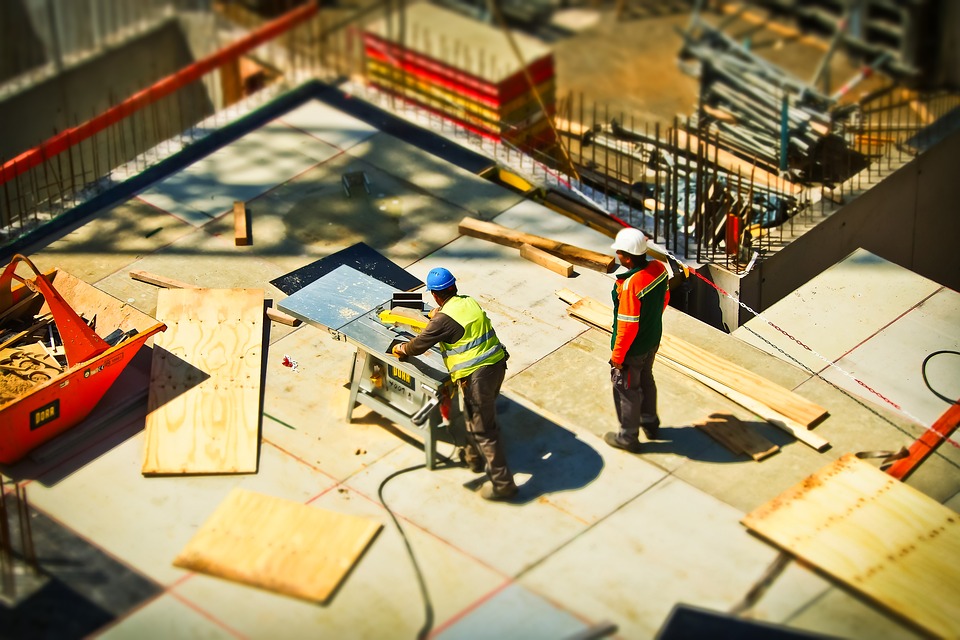
1. Don’t neglect health and safety practices on domestic jobs
It’s a common occurrence for the risks of small domestic tasks to be underestimated and fewer health and safety measures to be implemented than on a large-scale commercial project, which increases the risk of injuries. In fact, Simply Business’ claims department revealed that more than half of all construction deaths take place on these kinds of sites, so it is vital that you keep up a high level of health and safety practice no matter the nature of the task you are carrying out – it is better to be safe than sorry!
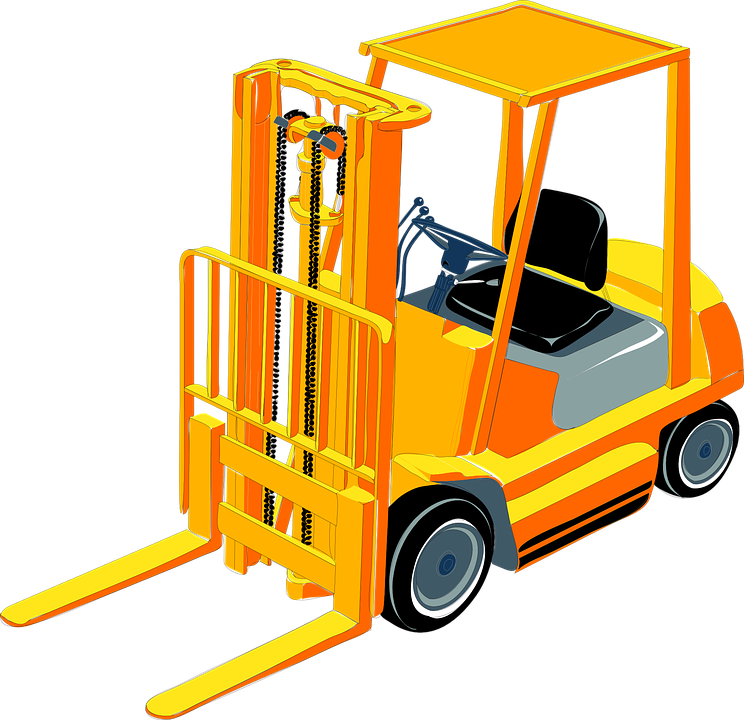
2. Avoid manual handling
Lifting and carrying heavy things is a big cause of non-fatal injuries on construction sites. If possible, use trolleys or trucks to move objects around the site, or better yet, plan ahead and try and get your supplies delivered as close to where they are needed on site as possible.
If manual lifting can’t be avoided, make sure that you are lifting heavy loads properly, bending at the knees rather than at the back. It’s a good idea to invest in a proper back brace to help support your back while you are lifting and carrying things.
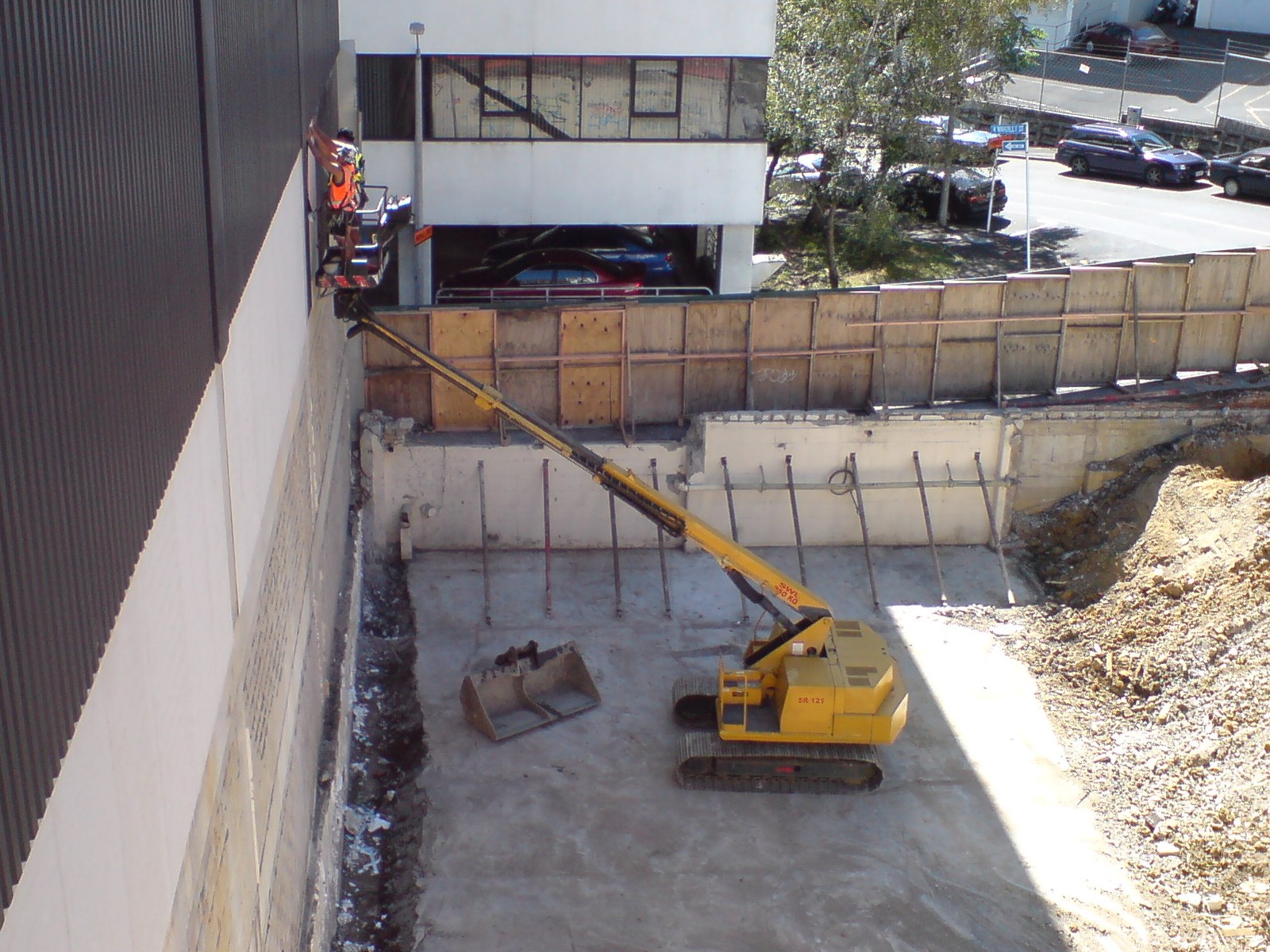
3. Limit work at heights
Working at a height is always a significant risk, and the majority of deaths that occur on smaller building projects are caused by falls. For this reason, it is always best to avoid having to go more than a storey high when working. If possible, have a cherry picker to take care of moving any tools or materials as close as possible to where they will be needed, and when using scaffolding, make sure it is properly set up by experts; to make scaffolding even safer to work on, use nets to secure the area if someone was to fall.
Ladders should only be used in very low risk areas when the layout of the project makes any other equipment incompatible.
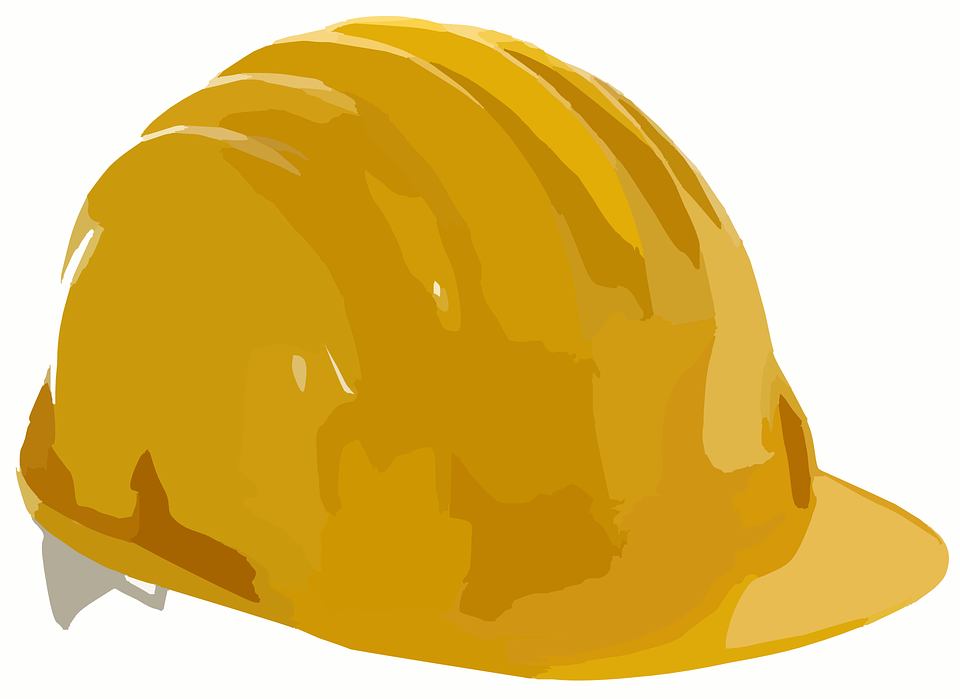
4. Wear appropriate safety apparel
Wearing the correct safety apparel and High-Vis clothing can help improve visibility on site, preventing people being injured by forklifts, plants and the like, while physical protection such as a hard hat or steel toecaps can protect wearers from falling debris or other hard items that could cause serious harm. Although not the most attractive outfit, wearing the correct safety gear is of the utmost importance when working on a building site.

5. Carry out risk assessments
Carrying out risk assessments makes sure that you don’t overlook some of the dangers on your site, and gives you an opportunity to change or improve your workplace to make it safer for everyone. Carrying out a risk assessment and sharing it with the rest of your colleagues will also ensure that everyone is made more aware of the potential dangers they are working around and will make everyone more alert to them while carrying out their work.

6. Keep it clean
By keeping your premises as clean and tidy as possible you will minimise the risk of slips or trips. Simple steps such as tidying up your tools, materials and rubbish as soon as you’re finished using them and storing them safely away can make a huge difference.
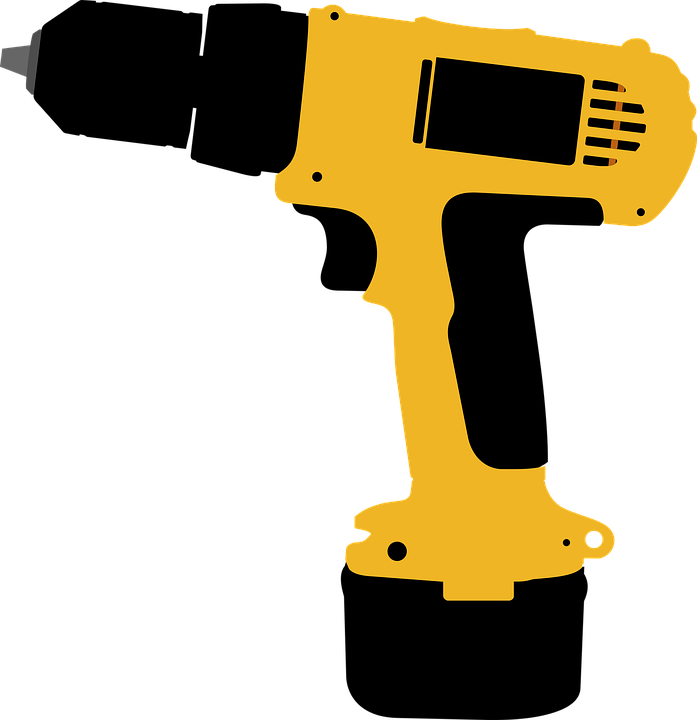
7. Upgrade your tools
If your tools are beaten up and have seen better days, it may be time to replace them. Frequently using poorly designed work tools – especially power tools – can cause strain which can lead to conditions such as carpal tunnel syndrome, tendonitis or white finger. You should use well designed, ergonomic tools that feel comfortable to grip, while your power tools should be low vibration and have a long trigger to help protect your hands and joints from vibration-related injuries.
If you are left-handed, make sure you are using the correct tools designed for left-hand use.

8. Take a break
One final tip we have is to make sure you are taking regularly scheduled breaks. It is easy to become dehydrated or exhausted when you are doing strenuous work for hours on end, which can cause attention to waiver and lead to an increased risk of accidents. Stop every few hours to have a rest, a drink and maybe a bite to eat.
For fast, reliable delivery of high quality building supplies or timber products at affordable prices, look no further than Hitchcock & King. We’ve been operating for over 40 years, and have excellent working relationships with all leading stockists in the local area, meaning we can be relied upon to source and deliver any stock you need. We operate throughout London and the surrounding areas. Get in contact today to find out more.
